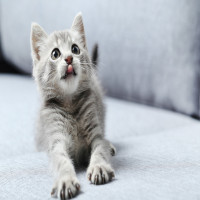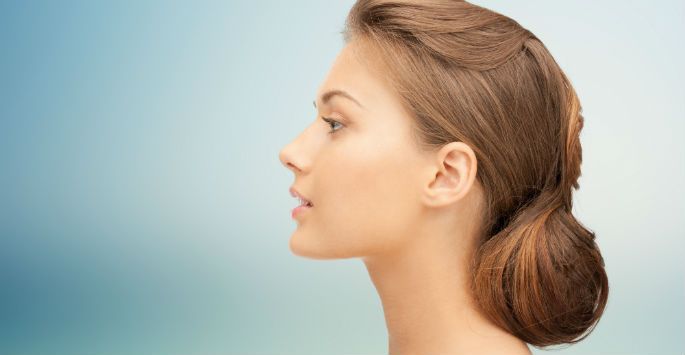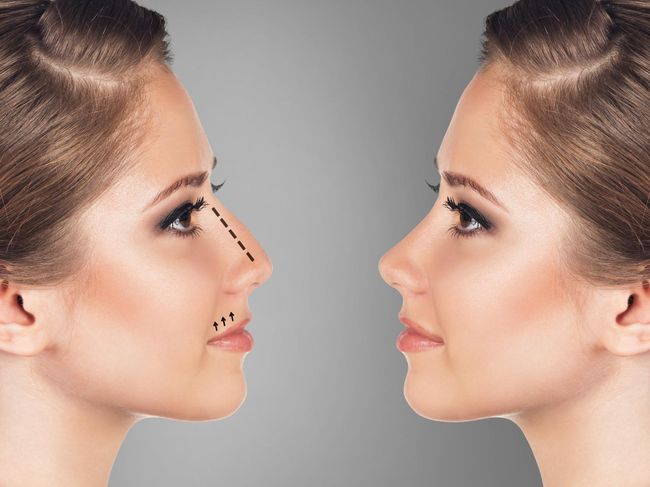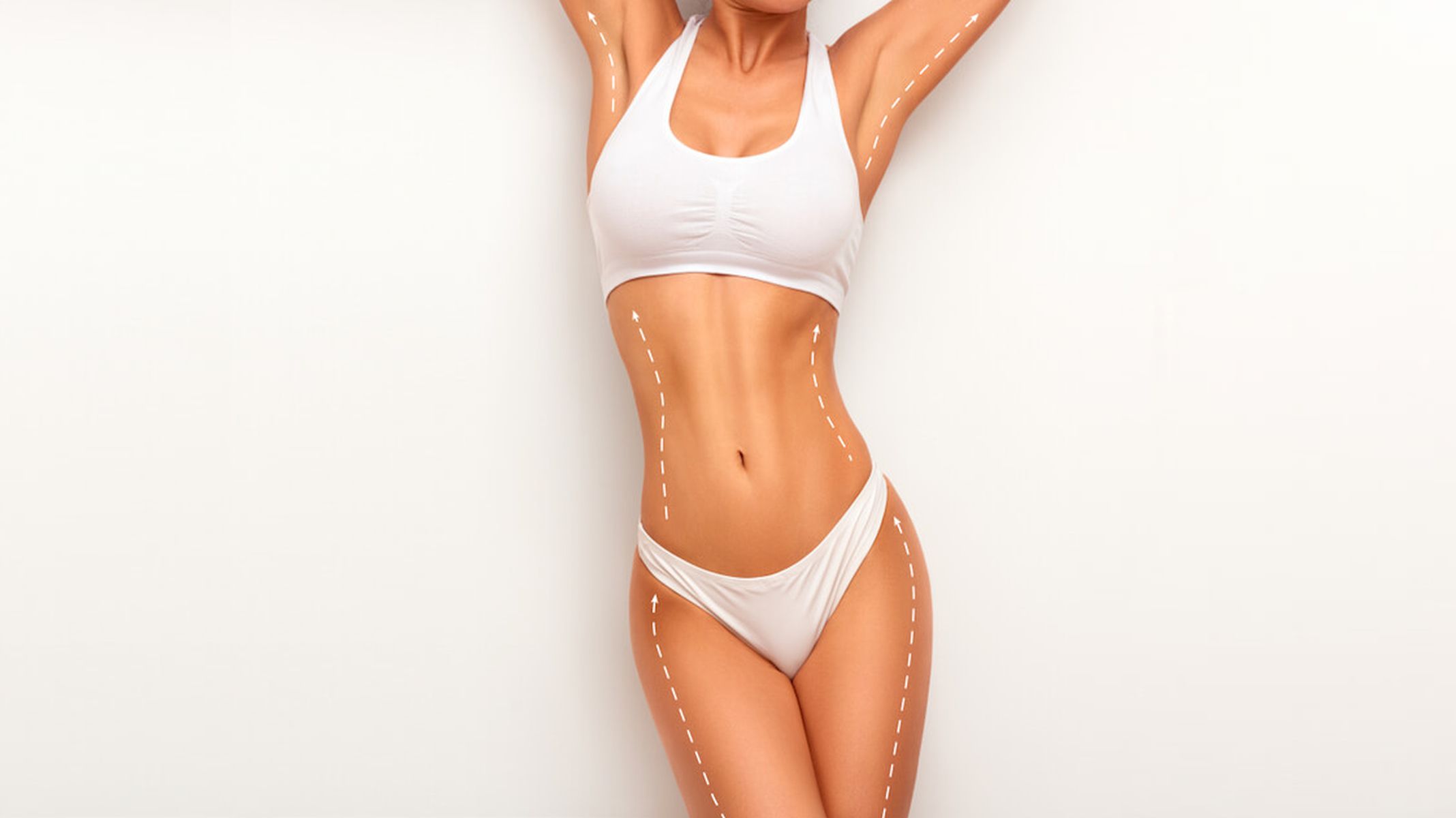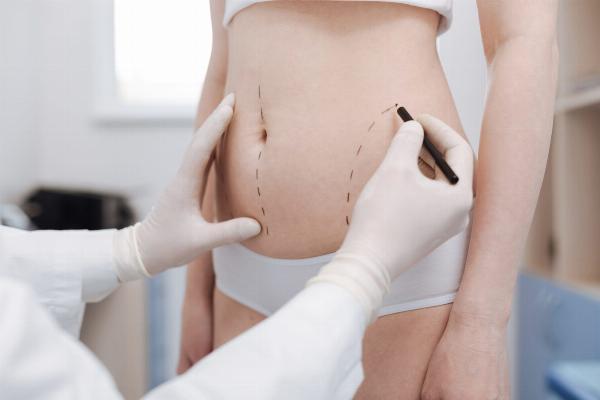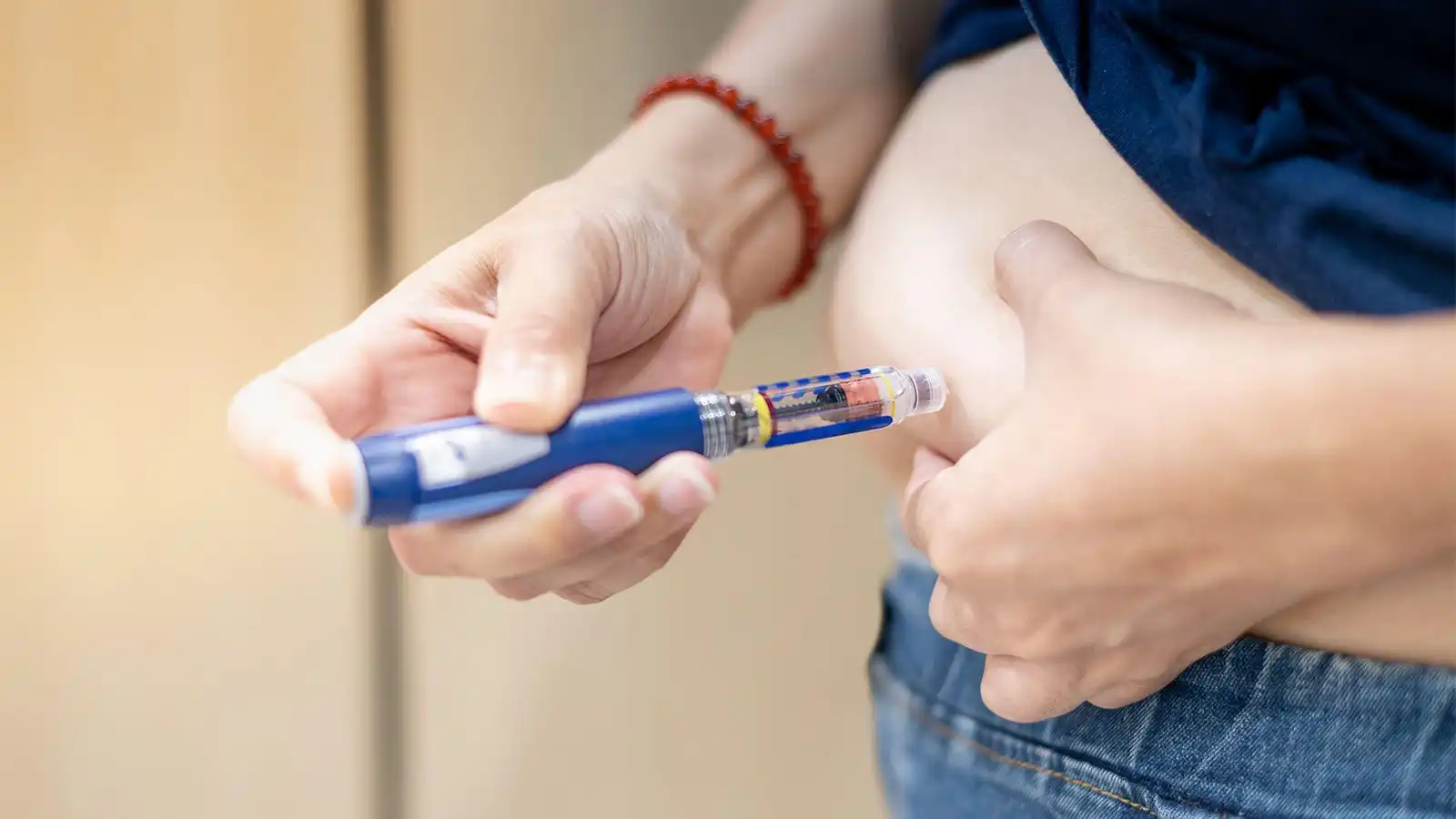Aftercare Tips for Hair Transplants in Dubai
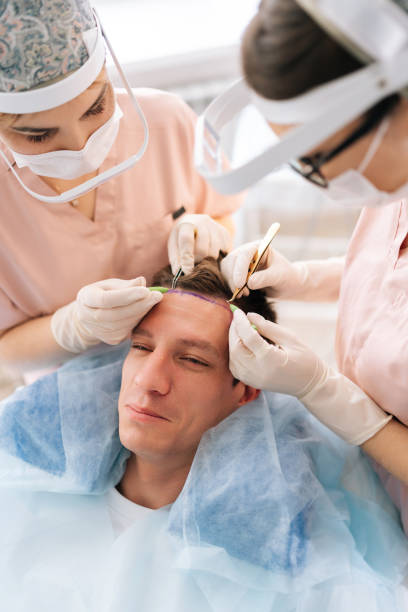
Introduction: Healing Starts After the Procedure
Getting a hair transplant in Dubai(زراعة الشعر في دبي) is just the beginning of your transformation. What follows—your aftercare—plays a critical role in determining the final outcome. After all, newly implanted hair follicles are delicate, and giving them the right environment to heal can make a major difference in your results.
This guide provides easy-to-follow, practical advice specifically tailored to Dubai’s climate and lifestyle. Whether you're a local resident or visiting the city for your procedure, these tips will help you recover with confidence.
The First 72 Hours: What to Expect
Immediately after your hair transplant, your scalp will likely feel tender and slightly swollen. You may notice tiny scabs where the follicles were implanted. This is completely normal.
Here’s what to do—and avoid—in the first crucial days:
1. Hands Off Your Scalp
Do not touch, scratch, or rub your scalp. The grafts need time to anchor. Even gentle pressure can dislodge them, especially in the first few days.
2. Sleep With Your Head Elevated
Use a travel pillow or stack two pillows to keep your head slightly elevated while sleeping. This reduces swelling and keeps your scalp protected from friction.
3. Avoid Washing Your Hair (Initially)
Most doctors will advise you to avoid washing your scalp for the first 24 to 48 hours. After that, you’ll typically be given specific instructions for gentle rinsing.
4. Stay Indoors
Dubai’s climate can be harsh—think strong UV rays, heat, and dust. During this time, avoid sun exposure and stay away from dusty environments or construction zones.
Days 3–7: Gentle Care and Scab Management
As you enter the recovery window, your scalp will begin forming scabs. This is a natural part of healing, but how you manage it is key.
1. Start Gentle Washing
Your surgeon will likely guide you on how to wash your hair. Usually, it involves:
- Pouring a cup of lukewarm water over your scalp
- Applying a gentle, sulfate-free shampoo by patting (not rubbing)
- Rinsing gently and letting the hair air dry
This helps prevent infection and keeps the area clean without disturbing the grafts.
2. Don’t Pick at Scabs
Let them fall off naturally—this prevents trauma to the implanted follicles and reduces the risk of scarring.
3. Avoid Hats (Unless Approved)
You might be tempted to hide the visible signs of the procedure, but tight hats or helmets can rub against your scalp. Only wear loose-fitting headwear if your specialist allows it.
Weeks 2–4: Shedding and Patience
Don’t panic if you notice transplanted hairs falling out. This is expected and part of the process known as “shock loss.”
1. Stay Calm During the Shedding Phase
Hair shedding around week 2 or 3 is a normal step before the follicles enter a resting phase. Regrowth typically begins after 3 months.
2. Ease Into Light Activities
You can resume light walking and desk work, but still avoid:
- High-intensity workouts
- Swimming (chlorine and saltwater)
- Heavy sweating or saunas
Dubai’s fitness culture is strong, but it’s best to wait at least 3–4 weeks before returning to intense physical activities.
One Month and Beyond: Encouraging Healthy Regrowth
As your recovery progresses, focus shifts from healing to encouraging new growth.
1. Follow Up With Your Specialist
Schedule a check-up after a month to track progress. Your surgeon might suggest supplements or therapies like PRP (Platelet-Rich Plasma) to enhance regrowth.
2. Consider Scalp Massage—Gently
After your scalp is fully healed (typically after 4–6 weeks), gentle massage can stimulate blood flow, encouraging growth. Use fingertips—not nails—and light circular motions.
3. Stay Hydrated
In Dubai’s arid climate, hydration matters not just for your body, but for your scalp health too. Aim to drink plenty of water daily to keep the skin and follicles nourished.
Climate Considerations: Dubai-Specific Advice
Dubai’s weather, while beautiful, does require extra care when recovering from a hair transplant.
1. Sun Protection is Non-Negotiable
The sun’s intensity can cause damage to healing skin. Once cleared by your doctor, you can:
- Wear a light, breathable hat
- Use dermatologist-approved scalp sunscreen (once healing allows)
2. Watch for Sweat-Related Irritation
Even walking outdoors can cause scalp sweating. Try to stay in air-conditioned spaces and avoid midday heat whenever possible.
3. Stay Away from Sand and Dust
Dubai’s occasional sandstorms or windy conditions can expose your scalp to irritants. Keep windows closed in your home and car, and avoid outdoor activities during such weather.
Long-Term Habits That Support Results
After the initial healing, consistent scalp and hair care become important in preserving and enhancing your transplant results.
1. Use Mild, Nourishing Hair Products
Avoid harsh chemicals, sulfates, and heavy styling products. Look for shampoos with ingredients like biotin or keratin that promote hair strength.
2. Embrace a Healthy Lifestyle
Balanced nutrition, exercise, and stress reduction all contribute to a healthier scalp and improved hair regrowth.
3. Don’t Skip Routine Check-Ins
Even after visible growth begins, staying in touch with your surgeon ensures any issues—like poor growth patterns or scalp conditions—are addressed early.
What to Avoid Long-Term
- To protect your investment in your hair and health:
- Avoid smoking, which restricts blood flow to hair follicles.
- Skip crash diets that deprive your body of nutrients.
- Don’t overdo heat styling or chemical processing.
Mental Recovery: Be Kind to Yourself
Hair transplant recovery can take several months, and it’s natural to feel impatient. Avoid obsessing over daily changes. Progress can feel slow but is steady. Document your journey through photos monthly—this helps you track real improvements and boosts your motivation.
Conclusion: A Little Care Goes a Long Way
Caring for your scalp after a hair transplant in Dubai isn’t complicated, but it does require diligence and patience. By following proper aftercare practices—and adjusting for the unique challenges of the Dubai climate—you give your new hair the best chance to grow strong and natural.
From avoiding direct sunlight to gentle washing routines, your efforts now will pay off in the months to come. Remember, the results aren’t instant—but with careful attention, you’ll soon see a noticeable transformation.
Note: IndiBlogHub features both user-submitted and editorial content. We do not verify third-party contributions. Read our Disclaimer and Privacy Policyfor details.

